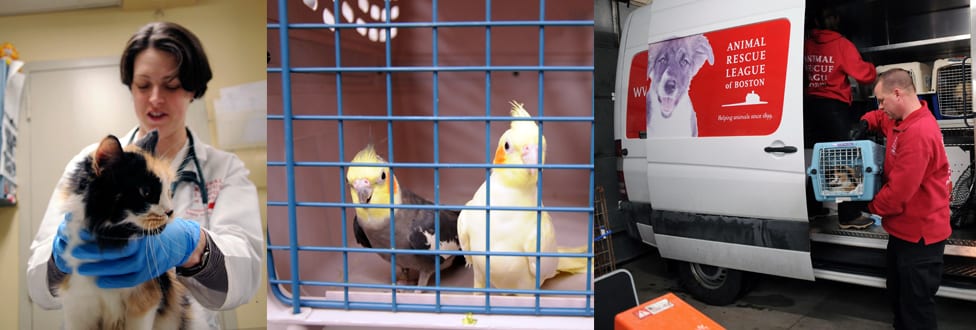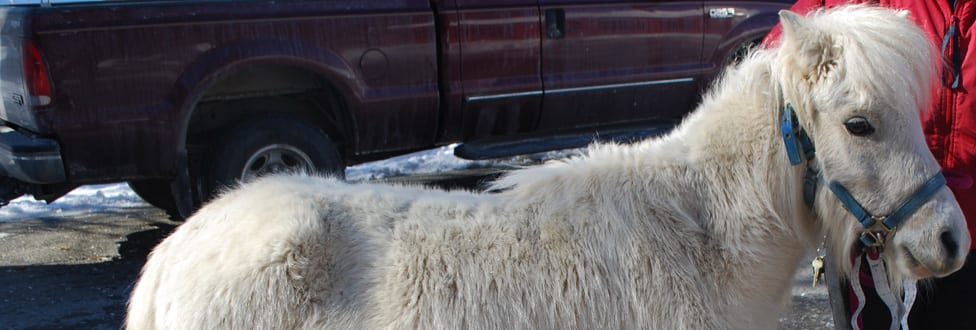ARL’s Lt. Borgal Featured in New Book About Local Legends
Congrats to Our Own Lt. Borgal for His Feature in Legendary Locals of Boston’s South End
It looks like our Director of Law Enforcement, Lieutenant Alan Borgal is a local celebrity!
On Tuesdays and Thursdays, the South End Historical Society is featuring people and information from Legendary Locals of Boston’s South End in its South End Trivia and South End Fact social media posts.
Yesterday’s South End Trivia post read:
“Name the Lieutenant who works at the non-profit that stands at the corner of Tremont and Arlington.”
Did you know the Lieutenant? Lt. Alan Borgal!
Do you know the non-profit? The Animal Rescue League of Boston!
 Here is a selection from Lt. Borgal’s profile in the book: “Lieutenant Alan Borgal began working at the Animal Rescue League (ARL) almost 40 years ago as a shelter kennel worker. He became a Massachusetts Special State Police officer in 1981 and began investigating incidents of animal cruelty and abuse. Today, Lieutenant Borgal is the director of the Center for Animal Protection at the ARL.”
Here is a selection from Lt. Borgal’s profile in the book: “Lieutenant Alan Borgal began working at the Animal Rescue League (ARL) almost 40 years ago as a shelter kennel worker. He became a Massachusetts Special State Police officer in 1981 and began investigating incidents of animal cruelty and abuse. Today, Lieutenant Borgal is the director of the Center for Animal Protection at the ARL.”
To learn more about Lieutenant Borgal, his advocacy on behalf of animals, and the awards he’s won, check out his profile on page 10 of the book (it comes out on May 5th). Pre-order your copy here.
Special thanks to Hope Shannon and the South End Historical Society for featuring the ARL so prominently.













 Thank you to all who participated in and submitted questions to
Thank you to all who participated in and submitted questions to